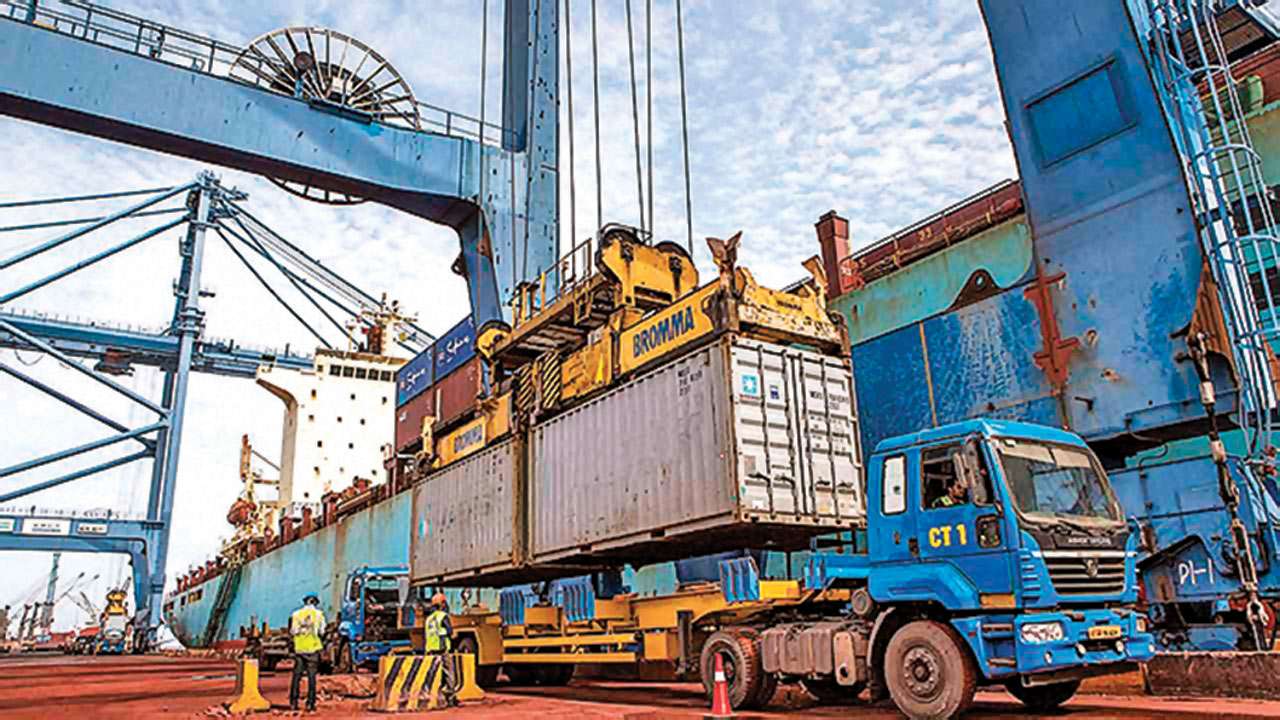
The Economic Survey 2017-18 identifies two sources which can deliver sustained growth and economy: Private investment and exports. While sluggish growth of private investments stems from Twin Balance Sheet problem of over-leveraged corporations and NPA-ridden banks, weak export growth is the result of domestic and external factors. Exports registered a negative growth rate of -15% in 2015-16 before recovering to 12 percent in 2017-18.
India’s exports primarily consist of agricultural and engineering goods, capital goods, textiles and Petroleum, Oil and Lubricant (POL) products, while a lion’s share of its imports is made up of crude oil and gold. The other important export item is services exports, including revenues from Information-Technology Business Process Outsourcing (IT-BPM) services. Of late, all these items have faced issues and challenges, hampering our export growth. A drop in oil prices from 2013-14 onwards led to a fall in our POL revenues, as oil is their most important component.
Engineering goods have seen tough competition, especially from China. Agricultural exports have fallen by two-thirds since 2014-15, mainly due to crashing international prices brought about by a glut in supply. IT-BPM services are not only facing competition China and Mexico, they have also been hit hard by tougher immigration norms in the US and rising automation. The textile sector is reeling under skill shortage, labour law rigidities and state taxes.
India needs a concerted effort to raise its export growth and generate necessary jobs. A few suggestions are in order. First, focus on labour intensive exports. This includes textile, leather and agro-processing sectors. The government has taken a number of steps, like rebate on state levies for ready-made garments, SAMPADA scheme for agro-processing, MUDRA Yojana to provide refinancing of credit to MSMEs which can boost export growth. The crux lies in carrying these schemes forward.
Second, logistics and export infrastructure need a boost. Third, many countries reject Indian exports due to quality concerns arising from sanitary and phyto-sanitary conditions. This requires India to enter into Mutual Recognition Agreements with other countries so that quality concerns are taken care of. In fact, a trade representative should be posted in every Indian mission abroad to further the interests and concerns of the Indian businesses in those countries.
Fourth, Indian firms need to integrate with global value chains (GVCs), especially in textiles and apparel where it has an advantage. This would require setting up some anchor firms, which can be MNCs, which have the forward linkages with the GVC and also the backward linkages with the suppliers in India. Finally, India needs to identify the sectors where an inverted duty structure exists, and correct the anomalies.
The author is a research scholar at Delhi School of Economics. Views are personal.